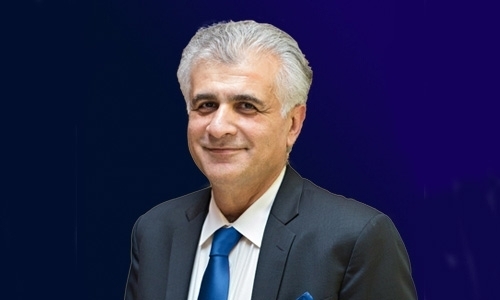Internet of things analytics: Knowledge of the future
We have been hearing almost nonstop about Internet of Things (IoT) and the big revolution we are heading toward. IoT can enable the communication and control of equipment and machines remotely by means of reading and taking the necessary action based on data obtained from sensors. And these sensors can generate huge amount of data that form a deep wealth that can be utilized if only we can apply the right analytics, hence the concept of IoT analytics came into existence.
IoT analytics are like any other analytics. Nonetheless, the need to distribute some IoT analytics to extremes, and to use those technologies not commonly employed before usually requires business intelligence (BI) and analytics experts to adopt new best practices and software. And IoT in its basic form would not have been possible without the significant technology changes have come together which include cheap sensors, cheap bandwidth, cheap processing units, the spread of smartphones, wireless internet coverage and big data.
Analytics are essential to the success of IoT systems. They are arguably the main point of the IoT as they support the decision-making process in operations that are created in business transformation and digital business programs.
IoT analytics use most of the same algorithms and tools as other kinds of BI and advanced analytics. However, a few techniques occur much more often in IoT analytics, and many BI and analytics professionals have limited or no expertise in these.
IoT analytics that run in the cloud or in corporate data centers are the most similar to other BI and analytics. Where major differences appear is at the “edge” in factories, connected vehicles, connected homes and other distributed sites. The staple inputs for IoT analytics are streams of sensor data from machines, medical devices, environmental sensors and other physical entities. Processing this data in an efficient and timely manner sometimes requires event stream processing platforms, time series database management systems and specialized analytical algorithms. It also requires attention to security, communication, data storage, application integration, governance and other considerations beyond analytics. The complexity of IoT can be illustrated with the enormous breadth its applications that can be difficult to get comprehend. These applications cover wide areas like wearable devices, cars, connected home and appliances, cities and municipalities services.
Some visions of the IoT describe a simplistic scenario in which devices and gateways at the edge send all sensor data to the cloud, where the analytic processing is executed, and there are further indirect connections to traditional back-end enterprise applications. However, this describes only some IoT scenarios. In many others, analytical applications in servers, gateways, smart routers and devices process the sensor data near where it is generated — in factories, power plants, oil platforms, airplanes, ships, homes and so on. In these cases, only subsets of conditioned sensor data, or intermediate results (such as complex events) calculated from sensor data, are uploaded to the cloud or corporate data centers for processing by centralized analytics and other applications.
The design and development of IoT analytics — the model building — should generally be done in the cloud or in corporate data centers. However, BI and analytics leaders need to distribute runtime analytics that serve local needs to edge sites. For certain IoT analytical applications, they will need to acquire, and learn how to use, new software tools that provide features not previously required by their BI and analytics programs.
The IoT value proposition has high potential and limitless possibilities. Revenue generation is the most obvious and most sought after. Companies are trying to use IoT to achieve additional revenues or incremental revenues by creating new services and products. Further, organizations are finding ways how IoT can be used to increase productivity and reduce costs, including labor, production costs, and energy consumption. The potential applications of IoT analytics are limitless and all companies should invest in such new radical venue.
Related Posts

